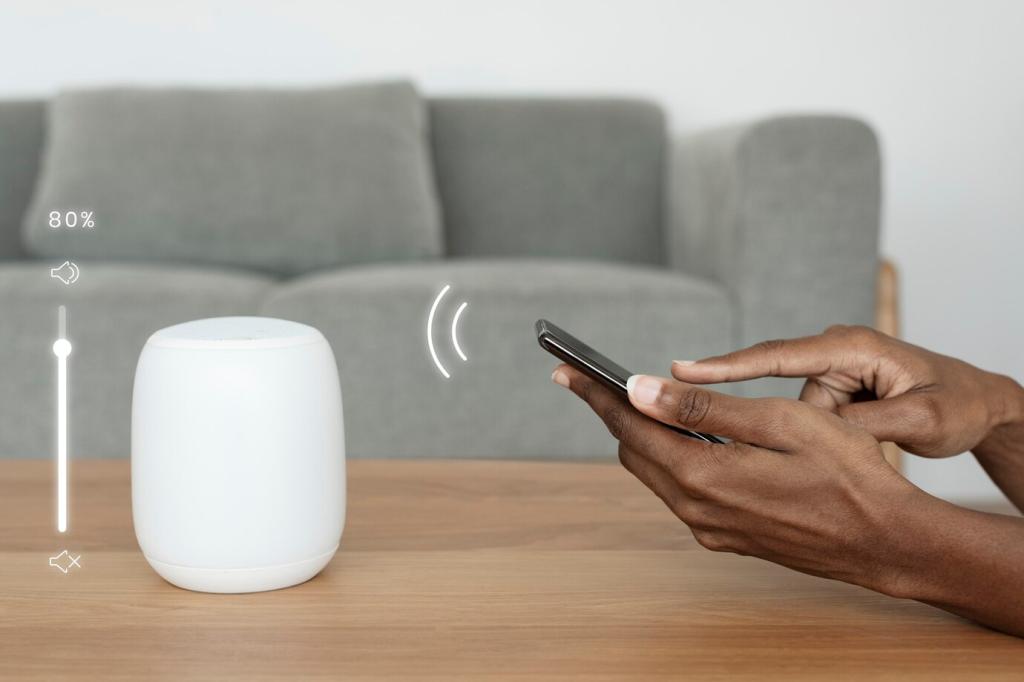Energy-Efficient Home Technologies
Energy-efficient home technologies have become a fundamental part of modern living, providing homeowners with the tools and solutions needed to reduce energy usage, lower monthly utility costs, and contribute positively to environmental sustainability. By incorporating advanced systems and smart devices, households not only make their spaces more comfortable but also create a smaller carbon footprint. As the demand for responsible energy usage grows, more innovative options keep emerging, enabling families to take full control of their consumption patterns. Whether you’re building a new house or enhancing an existing one, exploring these technologies is a crucial step toward a greener and more cost-effective future.
Smart Thermostats and Climate Control
Automated temperature scheduling allows homeowners to create detailed heating and cooling routines that align with their daily activities. By analyzing when residents are home or away, smart thermostats optimize energy usage by adjusting temperatures accordingly. Over time, these systems learn from usage patterns, automatically refining schedules for maximum efficiency while ensuring that comfort is never sacrificed. The result is a seamless blend of convenience and lower utility bills.

Efficient Lighting Innovations
The arrival of LED and OLED lights has set a new benchmark for home lighting efficiency. These bulbs use significantly less power compared to their incandescent and fluorescent predecessors, while emitting the same, if not better, illumination. Furthermore, they have exceptionally long lifespans, often lasting years before needing replacement. The cool operation temperature and the ability to adjust color and brightness make them a superior choice for nearly every application within a home setting.
High-Efficiency Heating and Cooling
01
Heat Pumps and Geothermal Systems
Heat pumps and geothermal systems leverage natural processes to regulate indoor temperatures with remarkable efficiency. Air-source heat pumps transfer heat between the indoors and outdoor air, providing both heating and cooling as needed. Geothermal systems, on the other hand, use the stable temperature of the earth to maintain comfort in your home. Both technologies typically require less electricity than traditional systems and can significantly lower your household’s carbon footprint.
02
Energy Star Certified Equipment
Installing Energy Star certified heating and cooling equipment is an excellent way to ensure that you’re using the most efficient technology available. Products bearing the Energy Star mark meet strict guidelines set by the U.S. Environmental Protection Agency, guaranteeing peak performance with minimum energy input. These systems often include features like variable-speed blowers and advanced compressors that adapt their output to match the current demand, further optimizing energy use throughout the year.
03
Zoned HVAC Systems
Zoned heating, ventilation, and air conditioning (HVAC) systems give homeowners the power to customize climate control in different areas of their home. By dividing the house into multiple zones, each with its own thermostat, these systems reduce energy waste by only conditioning spaces that are currently in use. This targeted approach leads to significant savings, particularly in larger homes or properties with varying occupancy patterns throughout the day.
